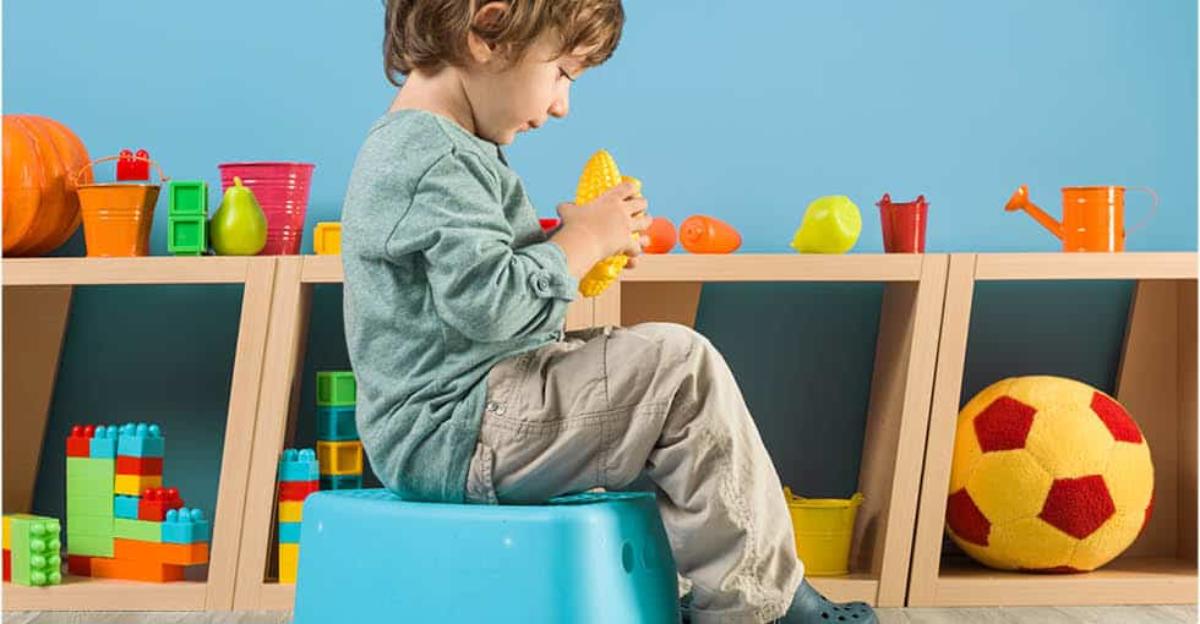By: Megan Finesilver, M.Ed.
Think of the last time you read a book at home with your feet flat on the floor, back straight against your chair in front of a desk. Imagine staying in this position for 45 minutes. Most likely, you’ll start squirming, change positions, get a drink, or move to the couch. If adults can’t sit straight and tall for long amounts of time, how then can we expect young balls of energy to do this – and focus on taking in new and challenging material?
Today’s 21st Century classrooms are in the process of evolving to meet the individual needs of a variety of learning styles. The image of children sitting up straight in rows of desks is quickly being replaced by well-designed alternative learning environments. Soft beanbag chairs and comfy couches may offer an alternative to traditional wooden chairs to meet the needs of some children. Desks may be swapped for lap pads or benches. With flexible seating options, young children can concentrate on learning rather than trying to stay still. Some students may find it easier to investigate math manipulatives at eye level while standing at a high table while others may prefer the bird’s eye view that spreading manipulatives on a rug may provide. Children given the freedom to explore may find that the most relaxing position for using a laptop might be lying on your stomach. Kneeling on a pillow in front of a lowered desk could be someone’s most successful reading position. The possibilities are endless!
Easily moveable seats such as Ball Chairs or NeoRok Stools give children a chance to wiggle while they learn and can be a fun classroom favorite. But even on the smallest budget, it’s possible to transform a classroom into one that provides children with a variety of options. Cast- aways may find new life at the hands of creative teachers intent on creating an educational wonderland of choices. One find that I’m always on the lookout for are breakfast trays with fold out supports. They change from cobweb collectors into useful, lightweight platforms for students who love being on the floor. Ottomans are another preferred spot in the classroom as they’re easy to transport and comfortable! Creative educators may create seating solutions out of tires, crates, and even old T.V. stands.
There may be hitches along the way: Students who fall off their wiggly stools, children distracted by the pattern of the pillow they are sitting on, or they might choose a learning spot that is too close to a friend who makes them giggle. When it’s apparent the initial learning spot is not effective for the lesson, it’s time to ‘redirect’. Consistently using terminology like ‘redirecting’ will help students see that they are empowered to find their best fit. It won’t be long before the students re-state those words as they realize they need to ‘redirect themselves’. It’s at this point that you know the alternative learning spots are a success.
Although, alternative seating looks different in every classroom, the uniformity in this approach is that learning is centered around student needs. Once there is support for students to learn in a variety of positions (sometimes many within a short amount of time), ‘the squirmies’ start to decrease and student engagement quickly increases.






Leave a Reply